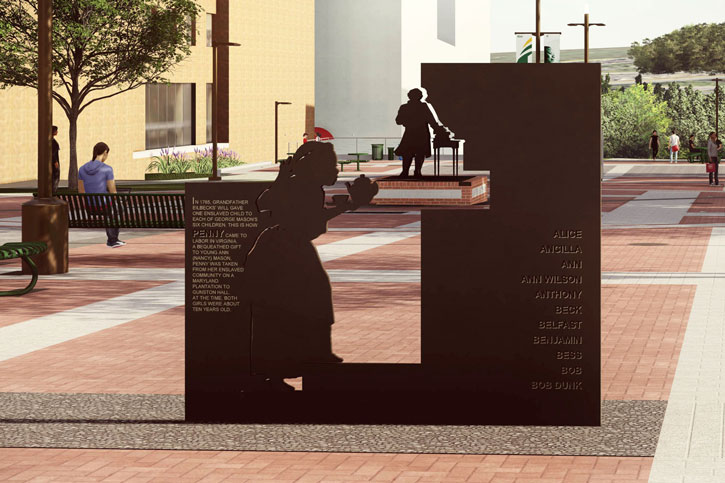Like other wealthy Virginia landowners of his day, George Mason was a slaveowner. More than 100 people were enslaved for decades at Gunston Hall. What are their stories, and how do they inform the complex legacy of Mason the man and founding patriot? In 2017, a small team of undergraduates began to explore this question. Mentored by Mason history professors, and supported by grants from OSCAR (Office of Student Scholarship, Creative Activities, and Research), Mason’s award-winning undergraduate research program, they launched a project entitled the Enslaved Children of George Mason.
Over the course of a semester and summer, the students delved into primary sources from the era, such as letters, wills, and property records, found in the Gunston Hall archives and elsewhere. Their findings have revealed in compelling detail the lives and culture of African Americans at Gunston Hall, including how enslaved men and women reclaimed their humanity through kinship, rituals, and subtle acts of resistance.


